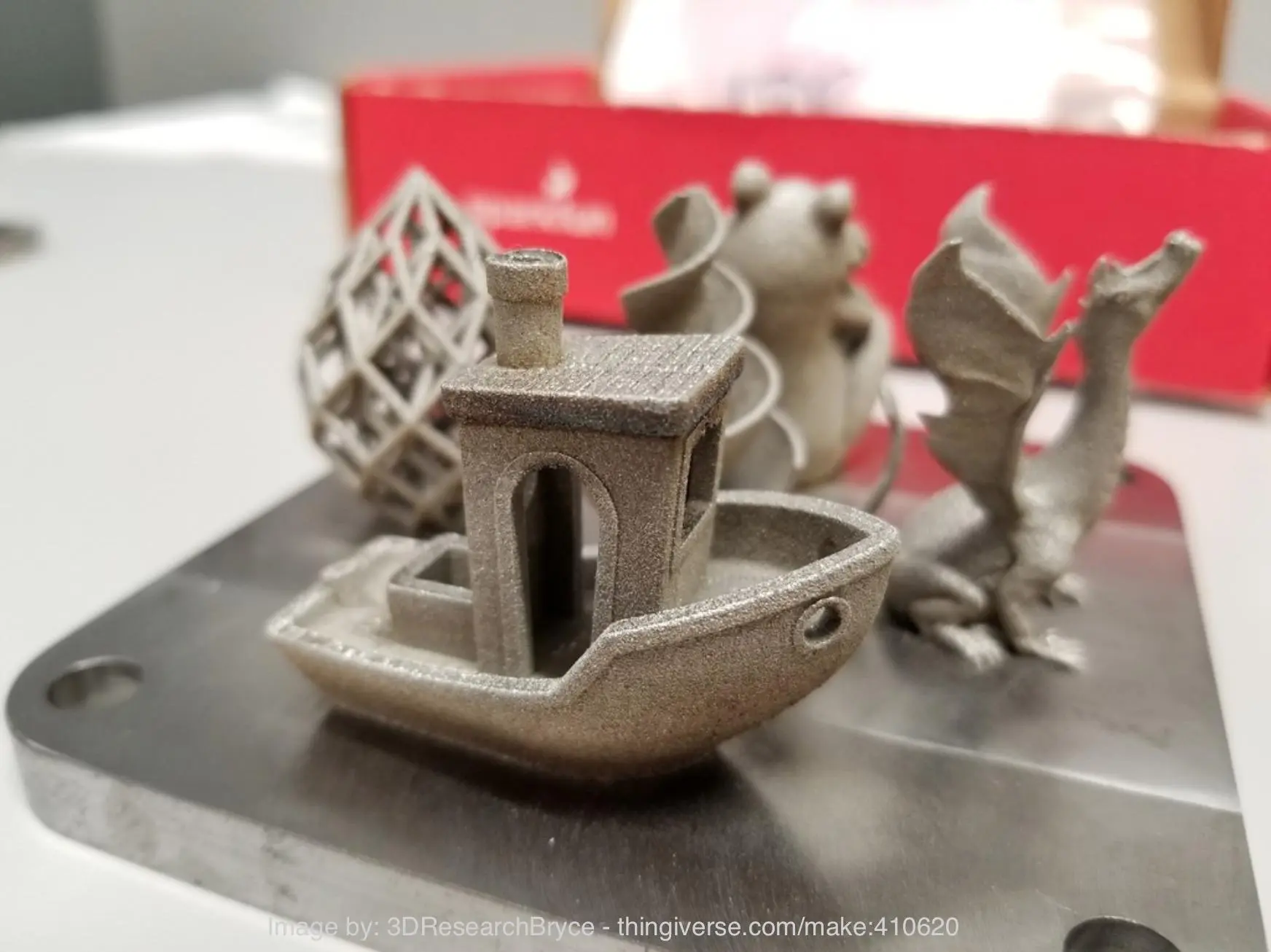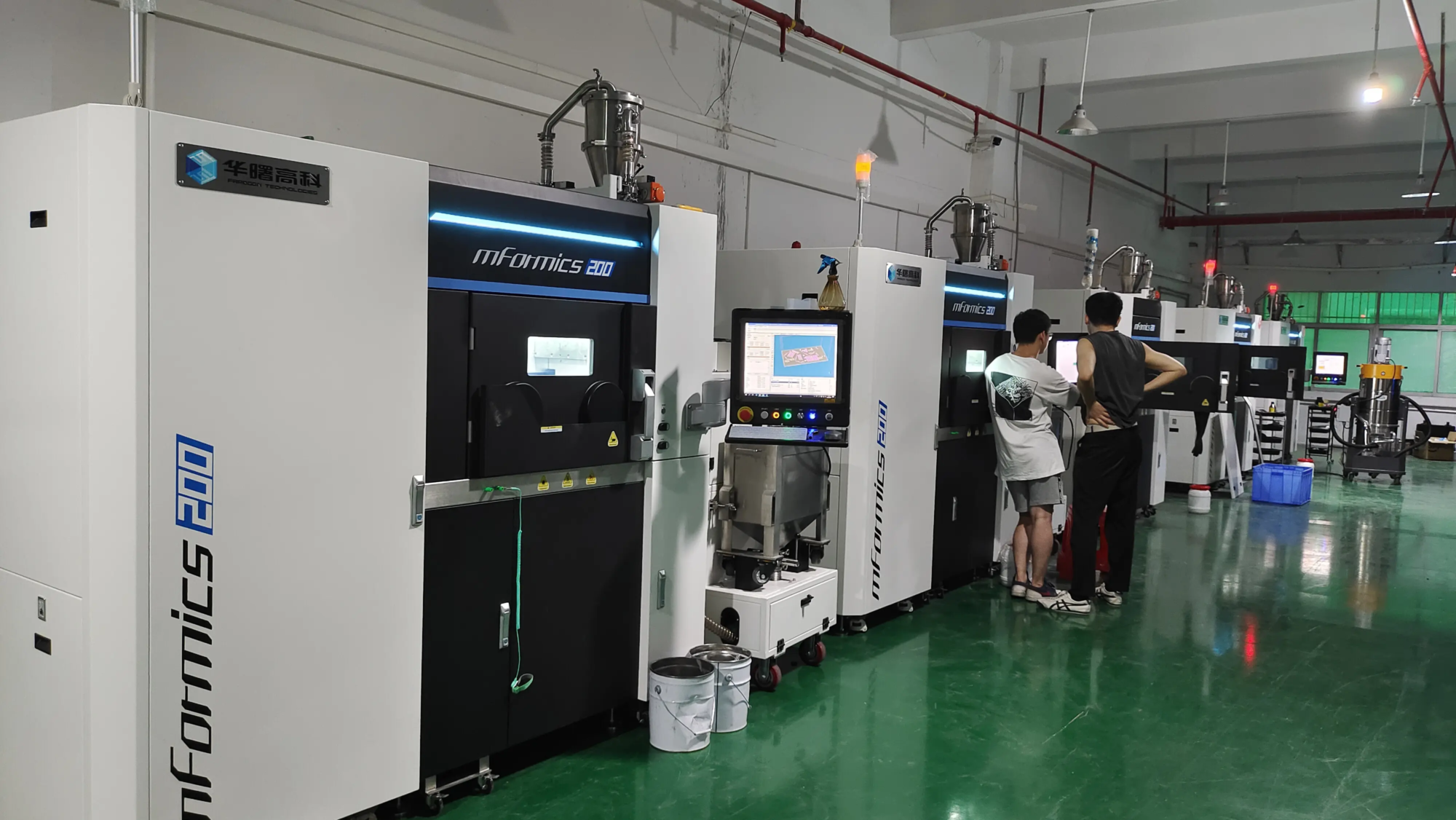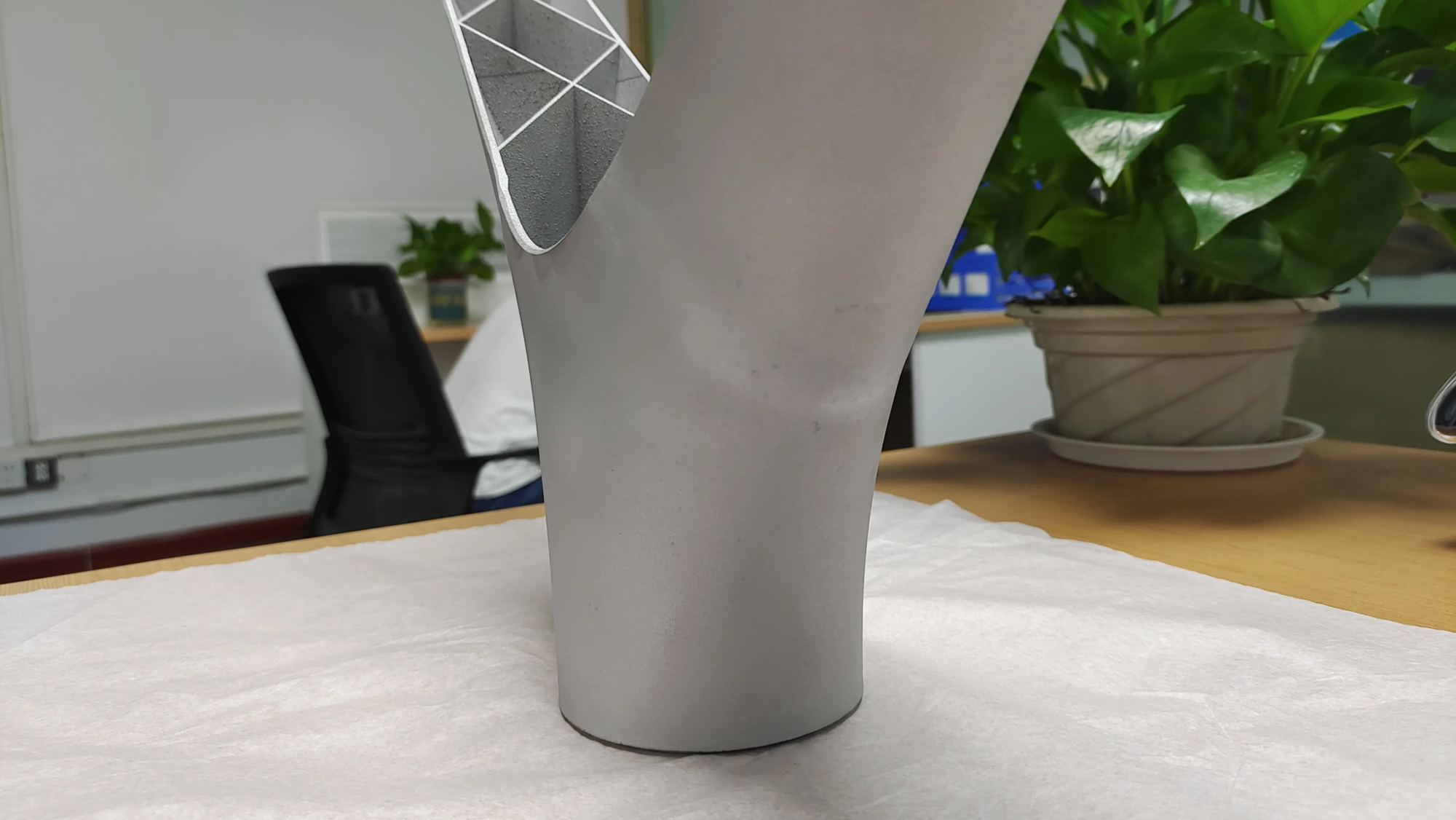On March 18, 2025, according to the latest understanding of the Resource Library, the research team of the University of Sciences and Technology of Hong Kong (HKUST) developed a new 3D food printing technology which can directly cook food during the printing process, eliminating additional cooking stages in traditional methods. The study, published in the journal Advanced Materials, provides a more efficient and controllable approach to food preparation.
3D printing of traditional food and new technologies
Existing food 3D printers generally use a two-step approach: first extracts the cold food paste, then transfer it to an oven or fryer for cooking. Although this approach is possible, it has problems with risk of pollution and structural inconsistency.
To solve these problems, the research team has developed a new system combining artificial intelligence (AI) and graphene infrared heating technology, aimed at improving the precision, efficiency and safety of food preparation.
At the heart of this technology is an infrared radiator induced by the laser (LIG) which allows precise heating immediately when each layer is printed. The research team said that the system was capable of maintaining the surface temperature at 137 ° C while ensuring that the lateral temperature is not less than 105 ° C.
In addition, this printer has a power of only 14 watts, which is much lower than 1000-2000 watts required for traditional ovens and air fries.
To assess their performance, the search team used the starch cookie to test and analyze the results by sweeping electron microscopy (SEM) and x -ray imaging. The study revealed that the infrared cooked samples maintained a uniform internal structure, while the samples cooked in the oven showed wider and unequal pores. In addition, the heat distribution of the infrared heating is controlled in a range of 1 to 2 mm from the surface, preventing the lower layer from cook.
Food security and commercial applications
Food security is also at the center of this research. The infrared samples have considerably reduced bacterial growth compared to traditional cooking methods. After 48 hours, food cooked in infrared had only 0 to 6 bacterial colonies at 100 ° C, while the samples cooked in the oven and cooked in the air were greater than 200. The researchers think that it is due to the fact that exposure to high temperature when each layer is printed can immediately eliminate bacteria.
In addition to laboratory tests, the research team believes that this technology has a practical application potential in commercial kitchens, especially in scenarios where energy efficiency and precision are high. Restaurants and bakeries can take advantage of their automation capacities to provide personalized foods without the need for complex transformation process. In the field of health care, strict food control and the accuracy of the ingredients are crucial and the system can provide reliable solutions for special diets.
Other advances in 3D printing of food
HKUST’s 3D printers join the existing food 3D printing system in its unique way. Last year, the Austrian food technology company Revo Foods launched the Food Fabricator X2, a high speed 3D printer for mass alternatives in mass and other personalized foods.
The company claims that this is the first industrial production method for 3D printed foods, with a multi-museum system which allows continuous production and combines several ingredients in specific structures.
In 2022, the 3D 3D 3D Digital Patisserie 3D printing company launched Patess3, a 3D printer designed for the manufacture of pastries for chefs, restaurants and manufacturers of industrial cookies.
The system uses two powder materials: one for the stoked structural powder to keep the shape and the other to balance the flavors, while allowing users to integrate their own cake dough for a personalized texture and flavor. The system eliminates the need for silicone and steel molds, which can increase the beneficiary margins up to 26%.





